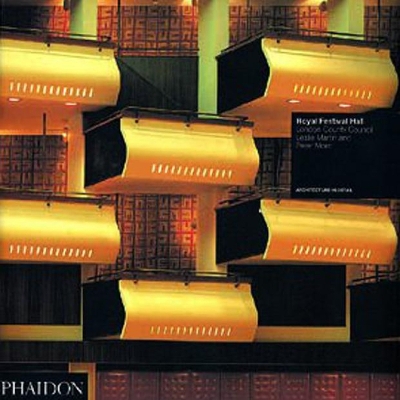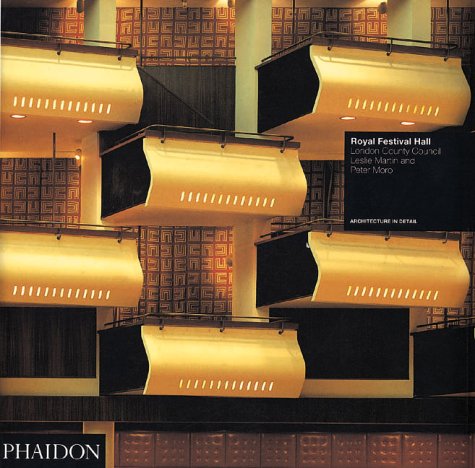Architecture in Detail
4 total works
Part of a series of technically informative monographs embracing a broad spectrum of internationally renowned buildings, this work deals with the engineering department building of Leicester University, and includes a comprehensive set of technical drawings and working details. While still in partnership with James Gowan, the late James Stirling's strong personal style is first seen to emerge in the extraordinary Leicester Engineering Department building. Its slender, almost transparent, tower rises above the projecting forms of its wedge-shaped auditoria. This constructivist inspired ensemble is then juxtaposed with the industrial toughness of the engineering workshops whose saw-tooth factory glazing cuts across its roof at an acute angle, setting up a powerful and contradictory geometry. An in-depth analysis is provided by Malcolm Higgs who worked in Stirling's office during the design and construction of the building in the early 1960s, and watched its progress at first hand.
The Royal Festival Hall is one of the masterpieces of post-war British architecture. It was visited during construction by Le Corbusier, Walter Gropius, Marcel Breuer, Frank Lloyd Wright and others; and it duly received critical acclaim when opened. This monograph outlines the social background to its design in post-war welfare state Britain; discusses its acoustic design; and presents it as a fine example of the technology and detailing of the period. The illustrated essay, superb photographs, and a wealth of technical working details make this an invaluable resource for many types of reader - architects, engineers, acoustic designers, music lovers, 1950s and Festival of Britain enthusiasts, and ordinary lovers of the building itself. Now, in a new revised edition to mark the 50th anniversary of the buildings inauguration, an additional chapter brings the story, in text and illustration, of the building's progress to date.
Launched in 1991, the Architecture in Detail series attracted immediate acclaim and now comprises more than 60 titles. These books are highly collectable documents, each focusing on a celebrated building. The series covers all parts of the architectural spectrum, and the individual buildings are selected for their exceptional character, innovative design or technical virtuosity. Each volume contains a text by a respected author; a sequence of colour and black-and-white photographs; a set of technical drawings; and working details. These titles are essential to every architectural library, and will appeal equally to the professional and student, or indeed anyone with an appreciation of buildings.
Launched in 1991, the Architecture in Detail series attracted immediate acclaim and now comprises more than 60 titles. These books are highly collectable documents, each focusing on a celebrated building. The series covers all parts of the architectural spectrum, and the individual buildings are selected for their exceptional character, innovative design or technical virtuosity. Each volume contains a text by a respected author; a sequence of colour and black-and-white photographs; a set of technical drawings; and working details. These titles are essential to every architectural library, and will appeal equally to the professional and student, or indeed anyone with an appreciation of buildings.
Part of a series of technically informative monographs embracing a broad spectrum of internationally renowned buildings. This work deals with the Royal Festival Hall, and includes a comprehensive set of technical drawings and working details.
This volume covers one of the most influential buildings of the 19th century. Joseph Paxton's Crystal Palace was the first public building to omit references to the past. Amid the historicist debates and "battle of the styles" of mid-19th-century Britain, Paxton's design was rational and straightforward. His glass-and-iron palace for London's international exhibition was epoch-making in its construction. The 1800-foot-long building was designed to be assembled on site from factory-made parts; its construction required 293,655 plates of glass and 24 miles of guttering. The resulting masterpiece of prefabrication provoked a contemporary commentator to remark: "the Crystal Palace is a revolution in architectural form, from which a new style will date".


